SURGE IN CRITICALLY ILL PATIENTS
입력 2022.08.16 (15:08)
수정 2022.08.16 (16:45)
읽어주기 기능은 크롬기반의
브라우저에서만 사용하실 수 있습니다.
[Anchor Lead]
The largest number of critically ill patients were reported since the latest resurgence of COVID-19 infections began. In the greater capital area, over 71 percent of hospital beds for quasi-severe cases have been occupied. So securing more hospital beds is now a crucial task. The government is considering re-operating residential treatment centers for COVID-19 patients from low-income families.
[Pkg]
As of midnight on Tuesday, South Korea added some 84,000 new COVID-19 infections. Of the new cases, 563 are critically ill patients, which is still a large number. The number has increased by eight-fold, compared to a month ago. Most of the critically ill patients are older than 60, an age group considered to be at high risk. About half of the critically ill patients are 80 or above, 22 percent are in their 70s and 15 percent are in their 60s. Therefore, the occupancy rate of hospital beds is also on the rise. 65 percent of hospital beds for quasi-severe cases are now occupied, while the bed occupancy rate for critically ill patients is fast approaching 50 percent. In the greater capital area, over 71 percent of beds for quasi-severe cases have been occupied. Experts say in order to better protect high-risk groups, it is necessary to secure more hospital beds in areas reporting large numbers of critical cases.
[Soundbite] Prof. Eom Joong-sik(Gachon Univ.) : "With many COVID-19 patients being reported in the capital area, the region will likely run out of hospital beds for critically ill patients, despite a excess on a nationwide scale."
So securing more hospital beds is now a critical task. Health authorities are also in discussions with local governments about re-operating residential treatment centers for COVID-19 patients from vulnerable groups who cannot isolate and stay at home for treatment, such as the homeless and low-income earners. Although no final decision has been made, the government is considering operating such treatment centers without residential medical staff, where patients are sent to external hospitals when necessary.
The largest number of critically ill patients were reported since the latest resurgence of COVID-19 infections began. In the greater capital area, over 71 percent of hospital beds for quasi-severe cases have been occupied. So securing more hospital beds is now a crucial task. The government is considering re-operating residential treatment centers for COVID-19 patients from low-income families.
[Pkg]
As of midnight on Tuesday, South Korea added some 84,000 new COVID-19 infections. Of the new cases, 563 are critically ill patients, which is still a large number. The number has increased by eight-fold, compared to a month ago. Most of the critically ill patients are older than 60, an age group considered to be at high risk. About half of the critically ill patients are 80 or above, 22 percent are in their 70s and 15 percent are in their 60s. Therefore, the occupancy rate of hospital beds is also on the rise. 65 percent of hospital beds for quasi-severe cases are now occupied, while the bed occupancy rate for critically ill patients is fast approaching 50 percent. In the greater capital area, over 71 percent of beds for quasi-severe cases have been occupied. Experts say in order to better protect high-risk groups, it is necessary to secure more hospital beds in areas reporting large numbers of critical cases.
[Soundbite] Prof. Eom Joong-sik(Gachon Univ.) : "With many COVID-19 patients being reported in the capital area, the region will likely run out of hospital beds for critically ill patients, despite a excess on a nationwide scale."
So securing more hospital beds is now a critical task. Health authorities are also in discussions with local governments about re-operating residential treatment centers for COVID-19 patients from vulnerable groups who cannot isolate and stay at home for treatment, such as the homeless and low-income earners. Although no final decision has been made, the government is considering operating such treatment centers without residential medical staff, where patients are sent to external hospitals when necessary.
■ 제보하기
▷ 카카오톡 : 'KBS제보' 검색, 채널 추가
▷ 전화 : 02-781-1234, 4444
▷ 이메일 : kbs1234@kbs.co.kr
▷ 유튜브, 네이버, 카카오에서도 KBS뉴스를 구독해주세요!
- SURGE IN CRITICALLY ILL PATIENTS
-
- 입력 2022-08-16 15:08:27
- 수정2022-08-16 16:45:04
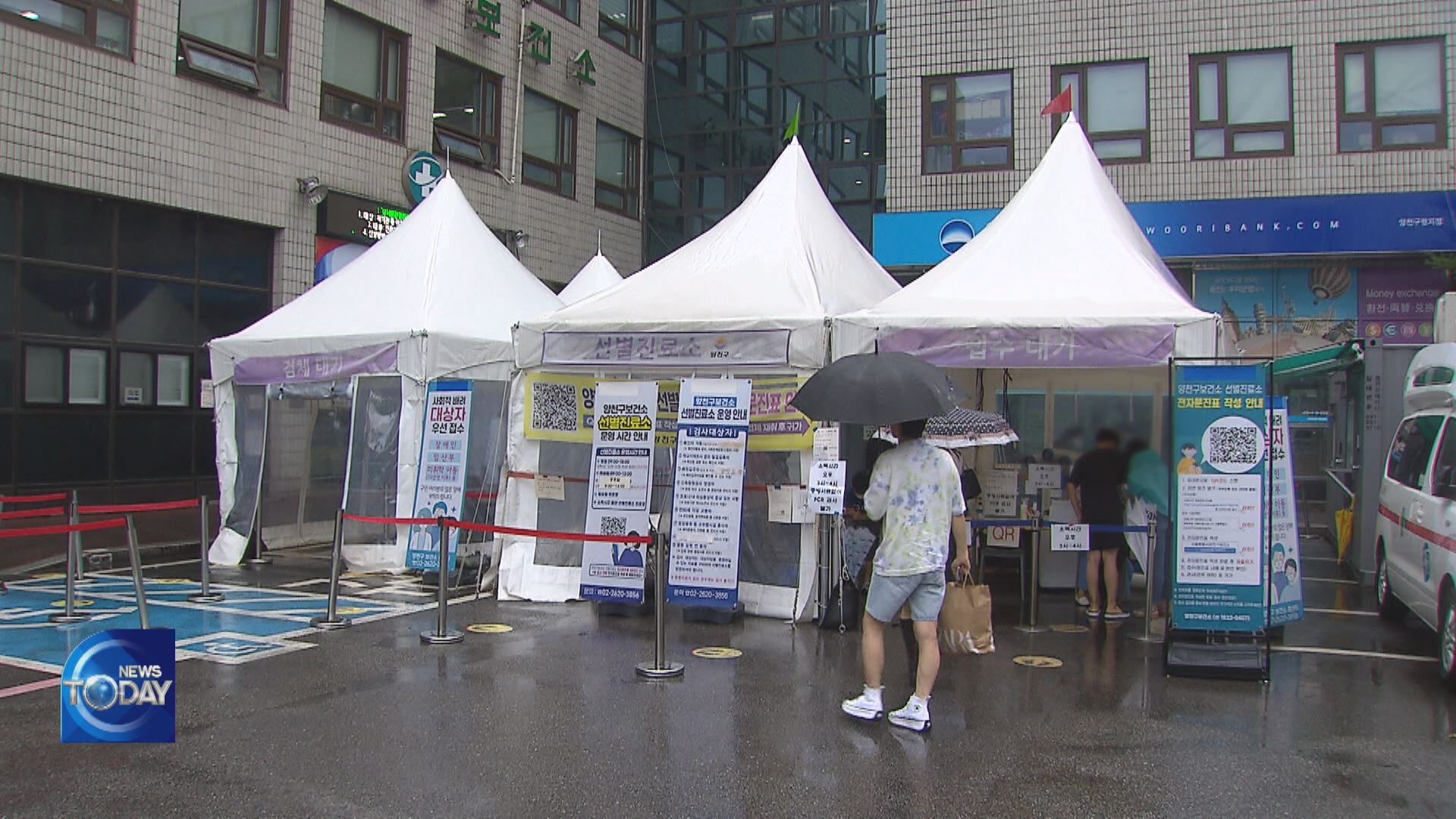
[Anchor Lead]
The largest number of critically ill patients were reported since the latest resurgence of COVID-19 infections began. In the greater capital area, over 71 percent of hospital beds for quasi-severe cases have been occupied. So securing more hospital beds is now a crucial task. The government is considering re-operating residential treatment centers for COVID-19 patients from low-income families.
[Pkg]
As of midnight on Tuesday, South Korea added some 84,000 new COVID-19 infections. Of the new cases, 563 are critically ill patients, which is still a large number. The number has increased by eight-fold, compared to a month ago. Most of the critically ill patients are older than 60, an age group considered to be at high risk. About half of the critically ill patients are 80 or above, 22 percent are in their 70s and 15 percent are in their 60s. Therefore, the occupancy rate of hospital beds is also on the rise. 65 percent of hospital beds for quasi-severe cases are now occupied, while the bed occupancy rate for critically ill patients is fast approaching 50 percent. In the greater capital area, over 71 percent of beds for quasi-severe cases have been occupied. Experts say in order to better protect high-risk groups, it is necessary to secure more hospital beds in areas reporting large numbers of critical cases.
[Soundbite] Prof. Eom Joong-sik(Gachon Univ.) : "With many COVID-19 patients being reported in the capital area, the region will likely run out of hospital beds for critically ill patients, despite a excess on a nationwide scale."
So securing more hospital beds is now a critical task. Health authorities are also in discussions with local governments about re-operating residential treatment centers for COVID-19 patients from vulnerable groups who cannot isolate and stay at home for treatment, such as the homeless and low-income earners. Although no final decision has been made, the government is considering operating such treatment centers without residential medical staff, where patients are sent to external hospitals when necessary.
The largest number of critically ill patients were reported since the latest resurgence of COVID-19 infections began. In the greater capital area, over 71 percent of hospital beds for quasi-severe cases have been occupied. So securing more hospital beds is now a crucial task. The government is considering re-operating residential treatment centers for COVID-19 patients from low-income families.
[Pkg]
As of midnight on Tuesday, South Korea added some 84,000 new COVID-19 infections. Of the new cases, 563 are critically ill patients, which is still a large number. The number has increased by eight-fold, compared to a month ago. Most of the critically ill patients are older than 60, an age group considered to be at high risk. About half of the critically ill patients are 80 or above, 22 percent are in their 70s and 15 percent are in their 60s. Therefore, the occupancy rate of hospital beds is also on the rise. 65 percent of hospital beds for quasi-severe cases are now occupied, while the bed occupancy rate for critically ill patients is fast approaching 50 percent. In the greater capital area, over 71 percent of beds for quasi-severe cases have been occupied. Experts say in order to better protect high-risk groups, it is necessary to secure more hospital beds in areas reporting large numbers of critical cases.
[Soundbite] Prof. Eom Joong-sik(Gachon Univ.) : "With many COVID-19 patients being reported in the capital area, the region will likely run out of hospital beds for critically ill patients, despite a excess on a nationwide scale."
So securing more hospital beds is now a critical task. Health authorities are also in discussions with local governments about re-operating residential treatment centers for COVID-19 patients from vulnerable groups who cannot isolate and stay at home for treatment, such as the homeless and low-income earners. Although no final decision has been made, the government is considering operating such treatment centers without residential medical staff, where patients are sent to external hospitals when necessary.
이 기사가 좋으셨다면
-
좋아요
0
-
응원해요
0
-
후속 원해요
0










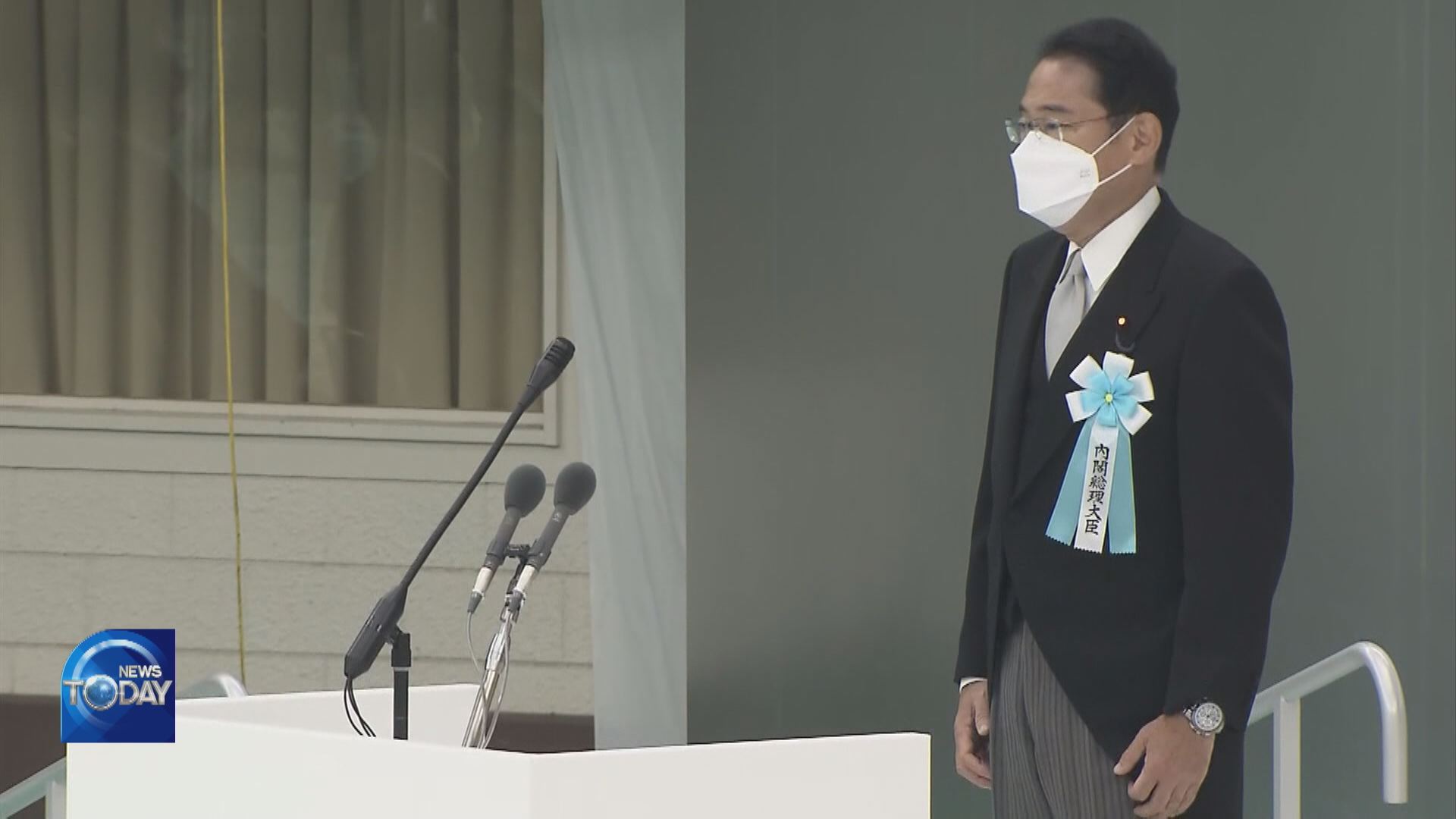
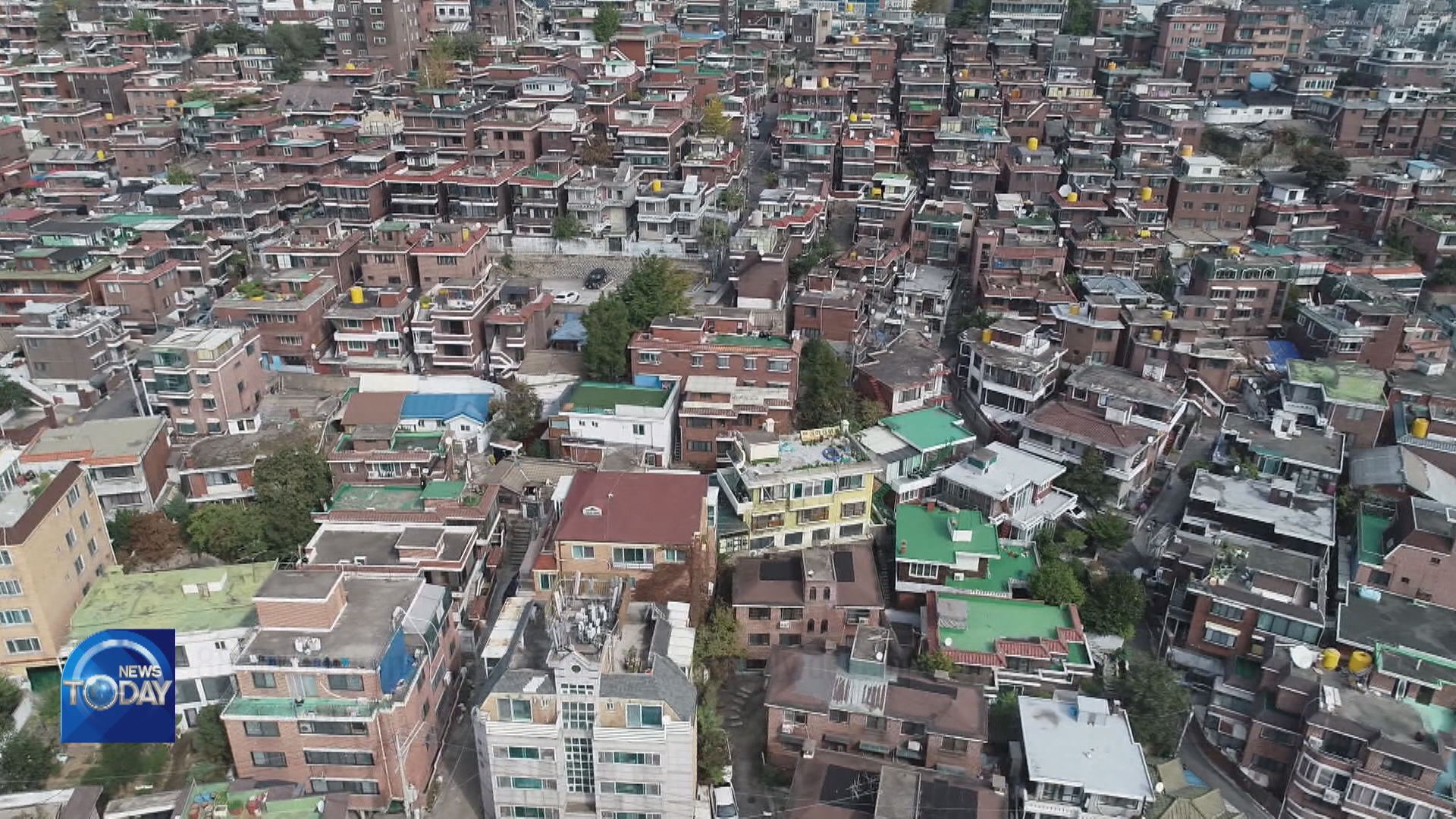
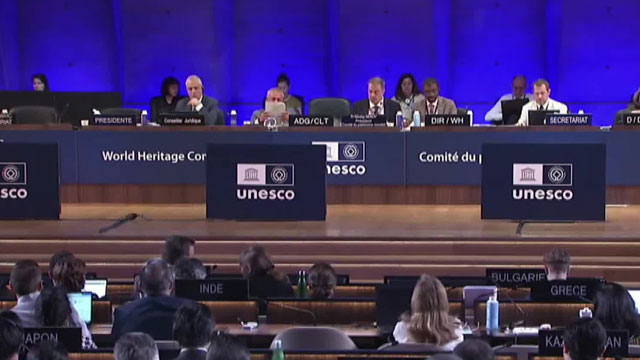
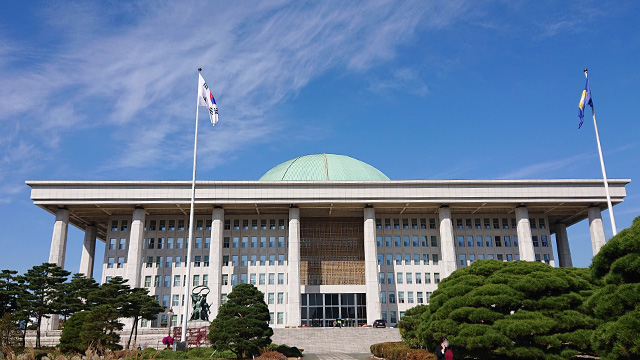
![[단독] 김건희 특검, ‘공천 개입’ 관련 김영선 전 의원 소환 통보…일정 조율 중](/data/news/2025/07/16/20250716_p7hDHF.jpg)
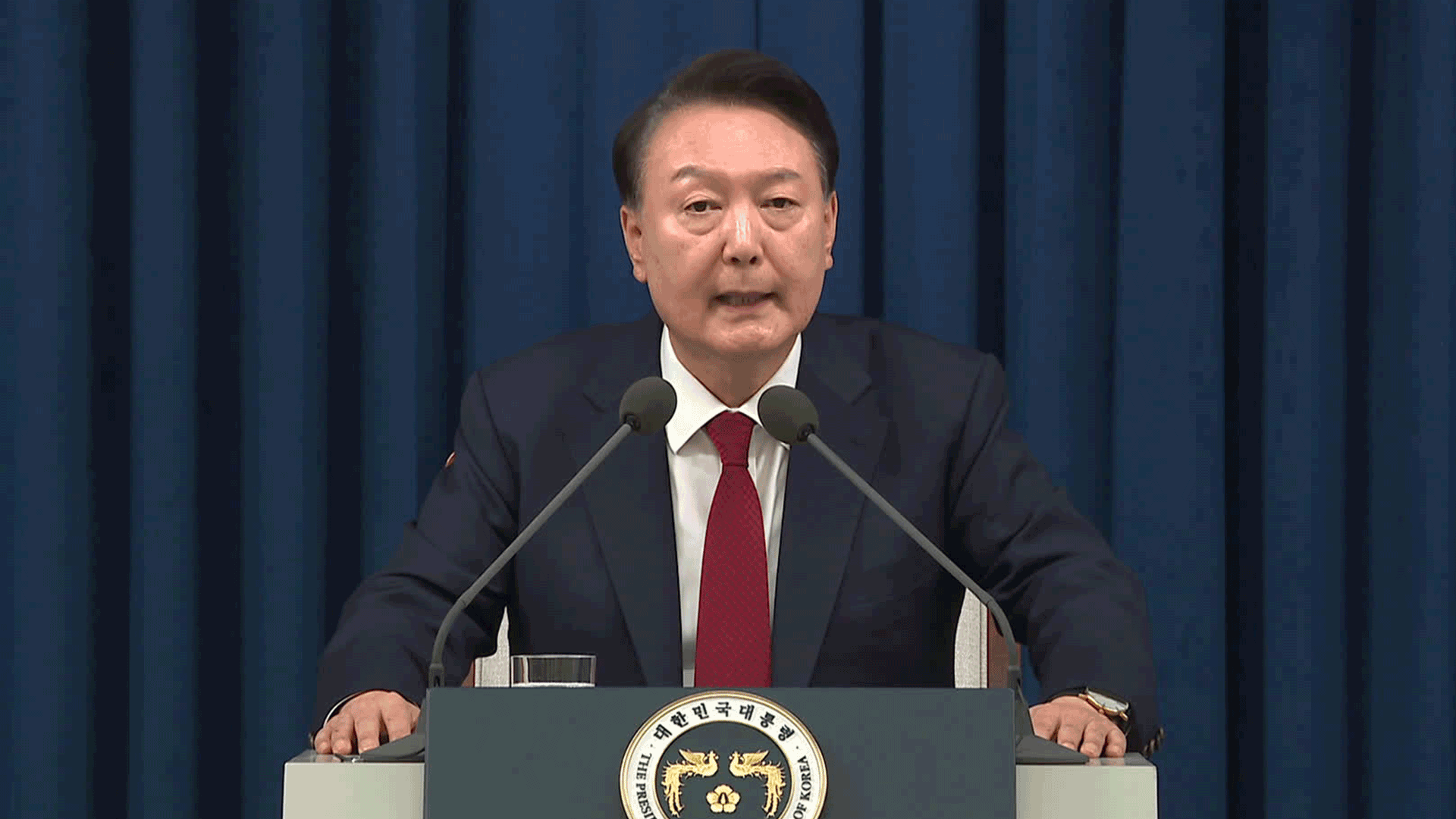

이 기사에 대한 의견을 남겨주세요.